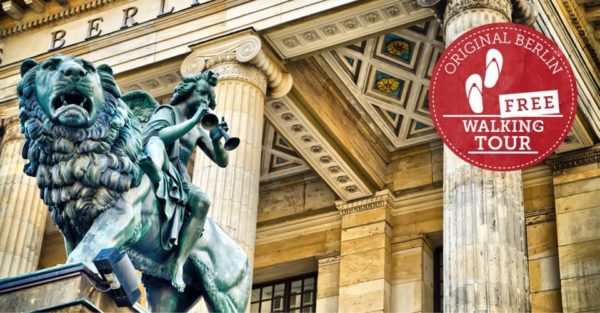Introduction
This is the capital of Germany, a city with kaleidoscopic past marked by number of historical monuments. Every step you take down the city pavement is followed by a history of eventful pasts. This is the kind of magic that exists beneath the most grand statue or beneath the most ordinary cobblestone or behind most narrow alleys. And yet it has been the experienced and knowledgeable tour guides who we can credit as bearing responsibility for keeping alive Berlin’s history for generations to follow.
The Role of a Tour Guide
In this respect, a tour guide is a knowledgeable friend who also tells historiographic and historical stories for the general public regarding the history of Berlin and associated landmarks and people. They are not just readers of events, facts and histories, but emotional people with a gift of oratory who help you see the city through history.
1. Historical Context
The idea as such is to get the audience acquainted with the context in which significant events took place in Berlin. A good example of a guide is the one who gives key facts of the social context of the city, brief information about political and cultural events that shaped the city’s formation. Or visitors can easily understand the place’s history by having a look at the historical setting in which the event took place.
For instance, while walking around the Berlin Wall, a guide could explain the political climate of the world after World War II to the division of the Germany and the most importantly, the coming down of the Wall in a very elaborate manner giving a physical feel of the situation.
2. Personalized Experiences
While existing products include audio guides and printed guidebooks, live guides provide the client with an experience based on the client’s queries. They can vary both their story and path, so that everyone gets the opportunity to focus on what they find most interesting in Berlin’s past.
In a turn, it is possible to discuss with a guide, ask questions and receive additional information and point of view. This makes it easy to engage with the history and be in a better position to get an understanding of the local people.
3. Uncovering Hidden Gems
Berlin is a city with great sights like Brandenburg Gate, Reichstag and many others but many of them are still waiting to be revealed. There are usually interesting histories associated with these sites, although they might be forgotten by the general public.
While the popular tourist’s attraction is also vital in a similar way in the service of a tour guide, it takes the clients physically and mentally off the crew to other uncommon attractions. Whether it is a small closed courtyard in one of the districts of Berlin or the unknown memorial, the tourist feels the other side of the story.
Preserving Berlin’s History
Tour guiding goes beyond just the most exciting folklore and the most essential facts. They have a crucial function of safeguarding history of Berlin and presenting it to generations to come.
- This is especially important since the literacy narrative and its association to the oral tradition aims at becoming the primary connection between culture and storytelling.
Story telling also known as oral history has been with us for many years as a means of transmitting history from one generation to another. In these contexts, tour guides become modern-day narrators, who tell Berlin’s past and more importantly, remind people about history that has happened, which should not be repeated. Thus, using captivating stories, the visitors are being engaged with, the guides bring the histories alive in the contemporary world.
2. Education and Awareness
In connection with their tours, guides promote knowledge and recognition of historical facts of Berlin. Conveying many such unseen facts and introducing unknown, yet important episodes, tour guides increase the visitors’ perspectives of and appreciation for the city.
Also, as he/she deciphers the multiple levels of historical truth, the guides call for appreciating the past, arikulating to the viewers’ responsibility for the culture and society. They help to prevent Berlin history from being forgotten by creating a want and need to protect and remember it for the future.
3. Respect for Heritage
In particular, they are becoming one of the key sources of building respect for historical sites in Berlin. They make visitors aware of the need to safeguard these structures through consistent reinforcement of the idea that, every structure has a history and wherever one may be a tourist, they should be careful not to alter the history of the site they are in.
Through encouraging sustainable tourism, as well as increasing tourists’ respect for historical sites in Berlin, tour guides help keep the city’s history safe for the future.
Conclusion
While visiting an interesting and rich history of Berlin, a tour guide is not just an accompanist but also a person who brings value of the tour, helps to keep people’s stories alive with enthusiasm and makes people appreciate and respect the history. Through their knowledge, love for and commitment to their work the people who work at these institutions are the conduit between history and today, protecting Berlin’s history for the future.
Table of Contents

